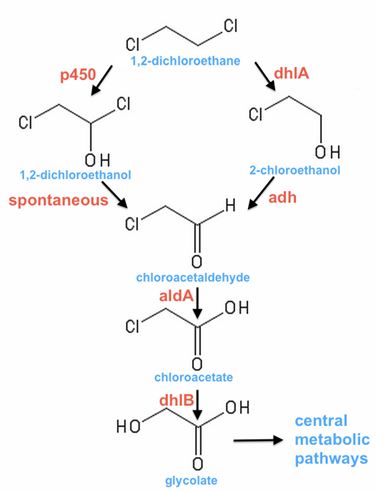Team:SydneyUni Australia
From 2013.igem.org
(Difference between revisions)
(Prototype team page) |
|||
| Line 1: | Line 1: | ||
| - | |||
| - | |||
| - | |||
| - | |||
| - | |||
| - | |||
| - | |||
| - | |||
| - | |||
| - | |||
| - | |||
| - | |||
| - | |||
| - | |||
| - | |||
| - | |||
| - | |||
| - | |||
| - | |||
| - | |||
| - | |||
| - | |||
| - | |||
| - | |||
| - | |||
| - | |||
| - | |||
| - | |||
| - | |||
| - | |||
| - | |||
| - | |||
<!--- The Mission, Experiments ---> | <!--- The Mission, Experiments ---> | ||
| Line 43: | Line 11: | ||
!align="center"|[[Team:SydneyUni_Australia/Safety|Safety]] | !align="center"|[[Team:SydneyUni_Australia/Safety|Safety]] | ||
!align="center"|[[Team:SydneyUni_Australia/Attributions|Attributions]] | !align="center"|[[Team:SydneyUni_Australia/Attributions|Attributions]] | ||
| + | |} | ||
| + | |||
| + | {|align="justify" | ||
| + | |You can write a background of your team here. Give us a background of your team, the members, etc. Or tell us more about something of your choosing. | ||
| + | |[[Image:SydneyUni_Australia_logo.png|200px|right|frame]] | ||
| + | |- | ||
| + | | | ||
| + | == '''Brief Project Description''' == | ||
| + | |||
| + | |||
| + | '''Background''' | ||
| + | |||
| + | *1,2-dichloroethane (DCA) is part of a family of chlorinated hydrocarbons that are primarily derived from industrial solvents such as tetrachloroethene (PCE) and trichloroethene (TCE). Some of these organochlorines are toxic, carcinogenic and generally nasty. | ||
| + | *DCA is a soluble and mobile contaminant of the groundwater in Botany Bay, Sydney, but also elsewhere around the world. | ||
| + | *Conventional treatment involves significant costs, such as the pumping and heat-stripping of groundwater at Botany Bay. A biological alternative may be cheaper and more effective. | ||
| + | *A suite of techniques (including sampling of contaminated sites, growth in bioreactors with selective conditions and protein engineering) have led to an understanding that there are two primary pathways of DCA-degradation (Fig. 1). | ||
| + | |||
| + | '''Goals''' | ||
| + | |||
| + | *Construct a BioBrick-compatible vector inspired by the broad host range vector, pBBR1MCS2. | ||
| + | *Construct and compare two of the proposed pathways of DCA biodegradation. | ||
| + | *Characterise the components of the DCA-degradation pathway for admission into the Registry of Standard Parts. | ||
| + | *(If we get time!) Demonstrate the integration of our the pathway in the chromosome of Pseudomonas stutzeri via natural transformation and site-specific recombination. | ||
| + | |||
| + | |||
| + | [[File:DCApathwaysHartman.jpg]] | ||
| + | |- | ||
| + | | | ||
| + | |align="center"|[[Team:SydneyUni_Australia | Team SydneyUni_Australia]] | ||
|} | |} | ||
Revision as of 05:04, 16 July 2013
| Home | Team | Official Team Profile | Project | Parts Submitted to the Registry | Modeling | Notebook | Safety | Attributions |
|---|
| You can write a background of your team here. Give us a background of your team, the members, etc. Or tell us more about something of your choosing. | |
Brief Project DescriptionBackground
Goals
| |
| Team SydneyUni_Australia |
 "
"
